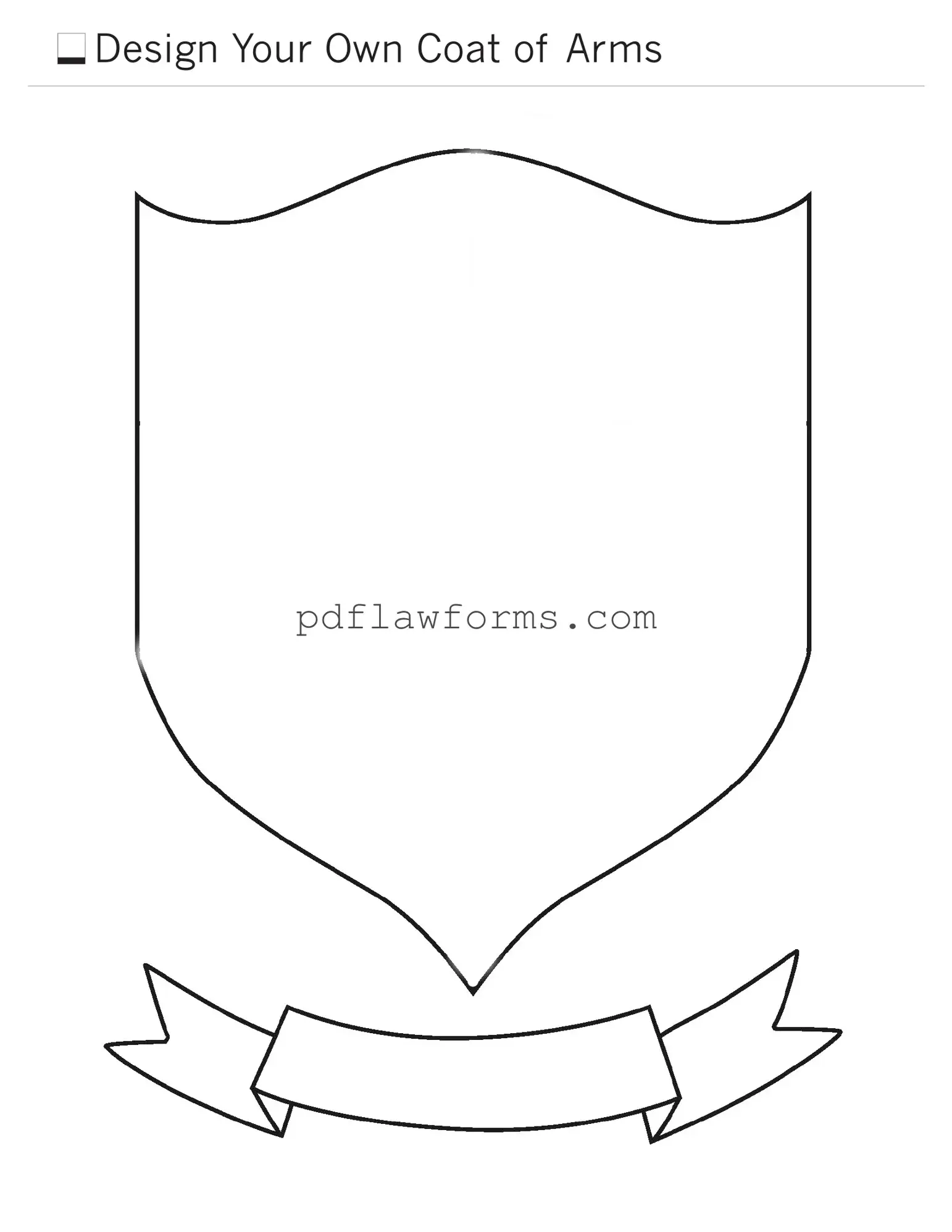Filling out the Coat of Arms form can be a straightforward process, but many people make common mistakes that can lead to delays or complications. One frequent error is providing incomplete information. When a section is left blank, it can cause confusion and may require additional follow-up. Always double-check to ensure that every required field is filled out accurately.
Another mistake is not following the specific guidelines for the form. Each section may have particular instructions, and failing to adhere to these can result in a rejection of the application. For instance, using the wrong format for dates or omitting necessary documentation can hinder the process. Reading the instructions thoroughly is essential.
Some individuals overlook the importance of clarity in their descriptions. When detailing the elements of the Coat of Arms, vague or ambiguous language can lead to misunderstandings. It’s crucial to be as descriptive as possible, using clear and precise terms to convey your vision. This helps ensure that your design is accurately represented.
Additionally, many applicants forget to proofread their submissions. Spelling mistakes or grammatical errors can detract from the professionalism of the application. Taking a moment to review the form can help catch these small yet significant errors before submission.
Another common pitfall is neglecting to provide supporting documents. Certain applications may require additional paperwork, such as identification or proof of lineage. Failing to include these can delay the processing of your form. Always check the requirements to make sure you have everything needed.
Some people also misjudge the importance of signatures. A missing signature can render the entire application invalid. Ensure that all necessary parties have signed where required. This step is often overlooked but is crucial for the form's acceptance.
Lastly, individuals sometimes submit their forms without keeping a copy for their records. This can create issues later if there are questions or if you need to reference your application. Always make a copy of your completed form before sending it off. This simple act can save you time and trouble in the future.
